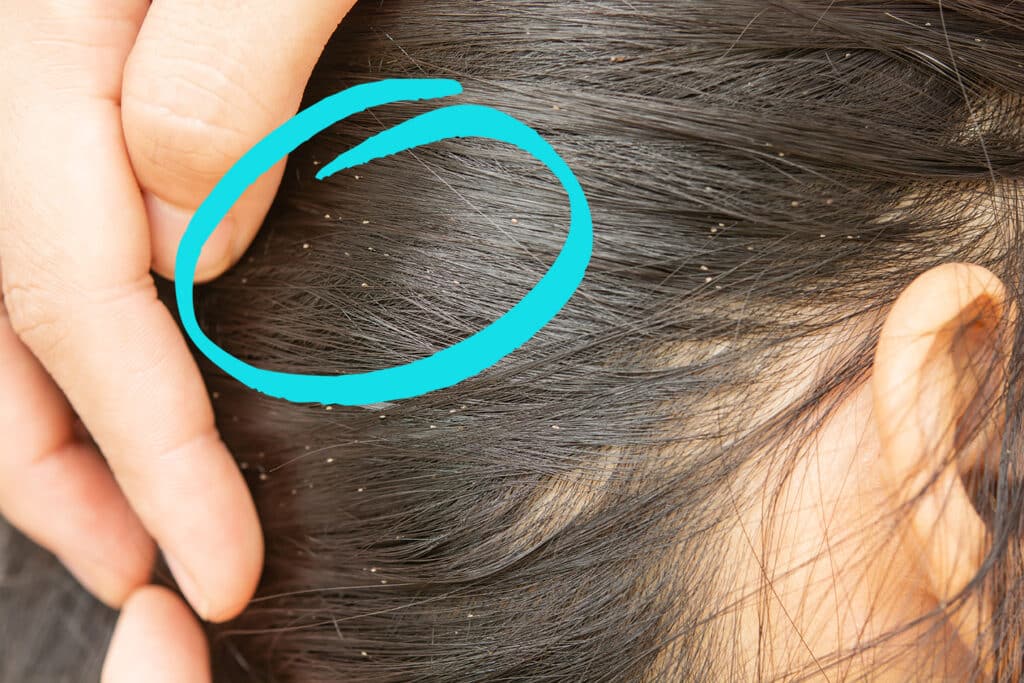
Head lice infestations are a common concern, especially for families with school-aged children. While much of the focus is on treating lice on the scalp, a frequently asked question is: do nits (lice eggs) still hatch if they fall out of the hair? Understanding the answer to this question can help you manage and prevent lice more effectively. In this article, we’ll explore whether nits can hatch off the head, delve into the life cycle of head lice, and provide practical tips for dealing with an infestation, including the benefits of using the Licefreee Home product.
What Are Nits?
Nits are the eggs of head lice. They are tiny, teardrop-shaped sacs that are white or yellowish and often look like dandruff or hair product flakes. However, unlike dandruff, nits stick firmly to the hair shaft and are difficult to remove. Nits are laid by adult female lice close to the scalp, where the temperature is perfect for hatching.
What is the Life Cycle of Head Lice?
Understanding the life cycle of head lice is essential for effective treatment and prevention. Here’s a breakdown:
- Egg (Nit): Laid by the adult female, nits are attached to the hair shaft near the scalp. They hatch in about 8 to 9 days.
- Nymph: After hatching, the young louse, called a nymph, goes through three molts before becoming an adult. This stage lasts about 9 to 12 days.
- Adult Louse: An adult louse can live up to 30 days on a human host, feeding on blood several times a day. Females can lay up to 8 eggs per day.
Can Nits Hatch Off the Head?
A common concern is whether nits can hatch if they fall off the hair. Nits need specific conditions to hatch, primarily warmth from the human scalp. Here’s what happens if they fall off:
- Temperature Sensitivity: Nits are highly sensitive to temperature. They require the warmth of the scalp (around 98.6°F or 37°C) to hatch. If they fall off and are at or below room temperature, they are unlikely to hatch.
- Viability: While nits can survive off the scalp for up to 10 days, they will not hatch if they do not remain at the correct temperature. This means that nits falling out of the hair onto surfaces like bedding, carpets, or furniture are unlikely to hatch.
Life Span of Head Lice on the Human Head
As soon as they hatch, nymphs need food to survive, crawling down the hair strand to the scalp to feed on blood. Adult lice can live for up to 30 days on a human head, continually laying eggs and perpetuating the infestation if not treated.
Life Span of Head Lice off the Human Head
Off the human head, adult lice can survive for about 1 to 4 days, depending on the temperature and humidity. Without a blood meal, they quickly become dehydrated and die. Nits, on the other hand, can survive up to 10 days off the scalp but are unlikely to hatch unless they are kept at scalp-like temperatures.
Precautions You Should Take After an Infestation
Even though nits off the head are unlikely to hatch, it’s essential to take precautions to prevent re-infestation:
- Launder Bedding and Clothing: Wash items like towels, clothing, and bed linens in hot water (at least 130°F or 54°C) and dry them on high heat for at least 20 minutes.
- Dry Cleaning: For non-washable items, have them dry cleaned or seal them in a plastic bag for at least 72 hours to ensure lice and nits die.
- Vacuum Thoroughly: Vacuum carpets, upholstered furniture, and car seats to remove any lice or nits that may have fallen off.
- Clean Hair Care Items: Soak combs, brushes, and hair accessories in hot water or medicated shampoo.
Get Lice Free with Licefreee Home
Licefreee Home, powered by naturally-derived d-limonene, is an effective solution for killing lice on non-washable surfaces. This product is ideal for treating lice on furniture, bedding, and other surfaces where lice might linger.
Benefits of Licefreee Home:
- Kills Lice on Contact: Simply spray and let it dry to kill lice on contact.
- Non-Staining Formula: Safe to use on water-safe fabrics and surfaces.
- Fresh Citrus Scent: Leaves a pleasant aroma while effectively treating lice.
- Convenient for Various Surfaces: Ideal for use on mattresses, pillows, couches, and other non-washable items.
Remember, while Licefreee Home is excellent for treating lice on surfaces, it is not meant for use on the head. For treating head lice, use products like Licefreee Spray or Licefreee Kit.
While nits that fall out of the hair are unlikely to hatch, it’s essential to manage a lice infestation comprehensively. Understanding the life cycle of head lice and the conditions needed for nits to hatch can help you take the right precautions. Use products like Licefreee Home to treat your environment effectively and keep your home lice-free. By staying informed and prepared, you can handle lice infestations swiftly and prevent them from spreading.
